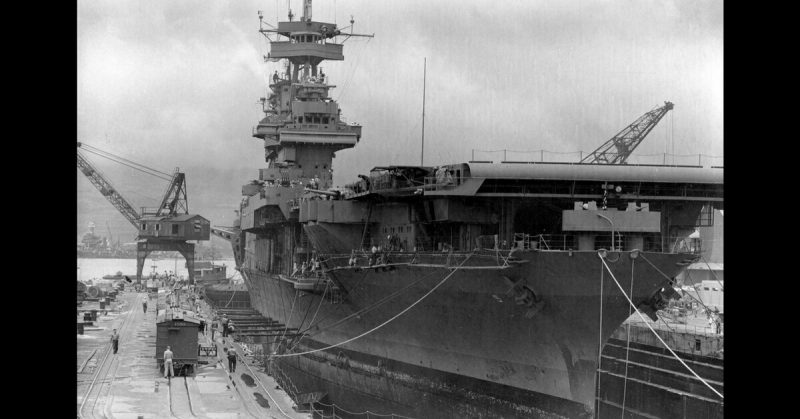In 1942 in the Pacific Theater of WWII, the Battle of the Coral Sea was fought by the Japanese, against the United States and Australia. It was the first battle to use aircraft carriers in active warfare, and it was also the first in which none of the ships on either side saw or fired directly at each other.
How It Started
To keep the US and Europeans out of the South Pacific, the Japanese intended to invade Port Moresby in New Guinea and Tulagi in the Solomon Islands. The US found out about the project through signals intelligence and joined up with the Australians to oppose the attack. The Japanese had decided that if they captured the important port, they would be able to use New Guinea as a base. From there, they could attack Australia, Fiji, and Samoa. The Japanese project was labeled Operation MO.
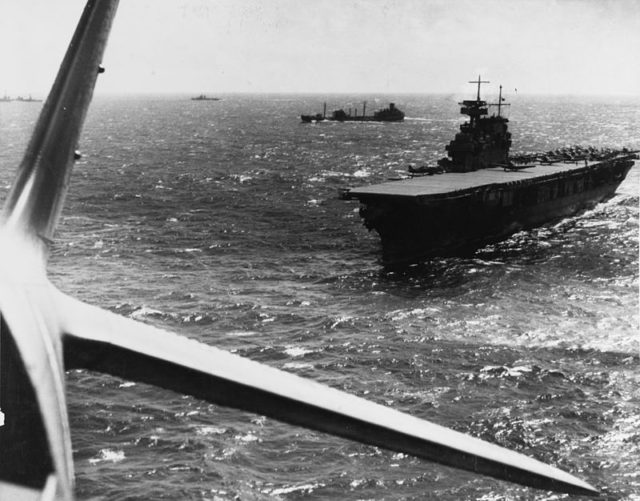
When the Americans discovered that Operation MO was being planned, they gave it their highest priority. Their codebreakers advised the attack was scheduled for May 3. They also said the Japanese route to New Guinea included passing through the Coral Sea. The Americans would be waiting.
The Battle Begins
On May 3 the Japanese invaded and successfully captured Tulagi. The US sent 12 torpedo bombers and 28 dive bombers, which severely damaged one Japanese destroyer and sunk three minesweepers.
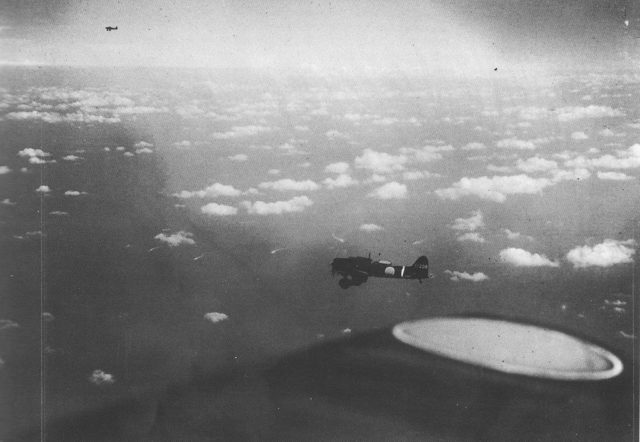
The Japanese finally entered the Coral Sea on May 5, and the Americans prepared to attack. Japanese spotter planes were keeping an eye out for the Americans and reported their warships were in the area. Their bombers attacked eventually sinking a destroyer with the loss of more than 375 lives. In confusion American pilots accidentally thought their own ships were Japanese and began bombing them.
The Americans continued to attack the Japanese ships that were spotted by their circling planes. A force of 93 aircraft attacked two light cruisers and two gunboats which were part of the Japanese support group. Another group of planes attacked the Japanese light carrier Shoho, which was hit with 13 bombs and 7 torpedoes before it sank.
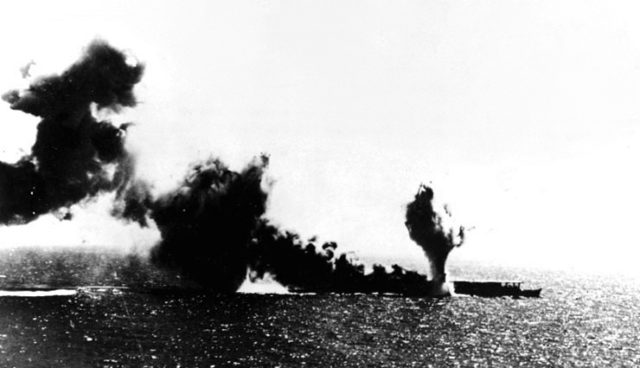
The Japanese attacked again at night sending aircraft to sink the American carriers. However, poor weather and bad planning ended in disaster. Of the 27 planes that went on the mission, 21 never returned.
The battle continued, sending planes to attack one another’s carriers. The Americans damaged one of the Japanese carriers so badly it was only able to land planes, but they could not take off. The same ship later caught fire.
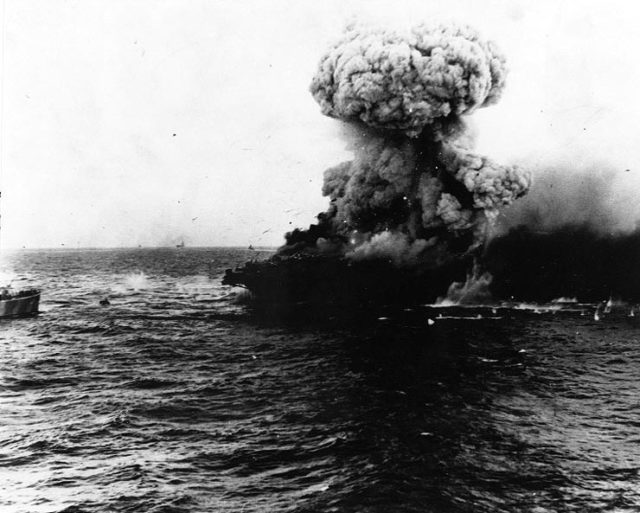
One of the American carriers was hit by torpedoes and bombs, resulting in an ammunition explosion. The fires became so extensive the crew had to abandon ship, without loss of life. A US destroyer then fired five torpedoes into the ship to sink it.
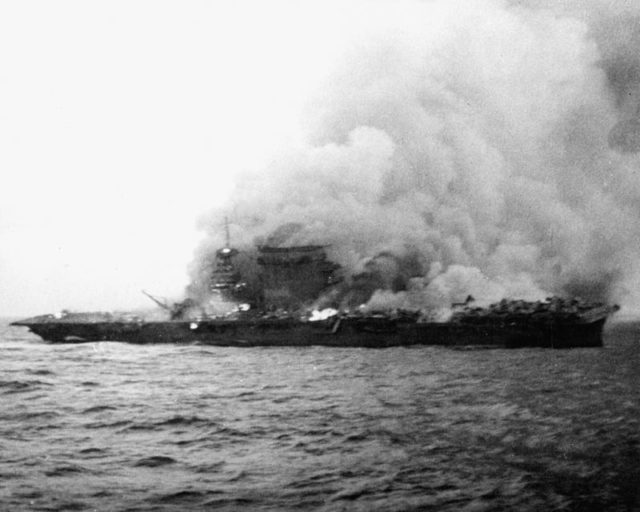
The Aftermath
After the Battle, the Japanese canceled their invasion of New Guinea. They were worried the US would continue to destroy their carriers. Both sides claimed a victory. The Japanese sustained a tactical success inflicting more ships sunk. However, the Americans achieved a strategic victory. It was the first time a Japanese invasion had been stopped and the damage caused to their fleet carriers meant they could not participate in the Battle of Midway a month later.
